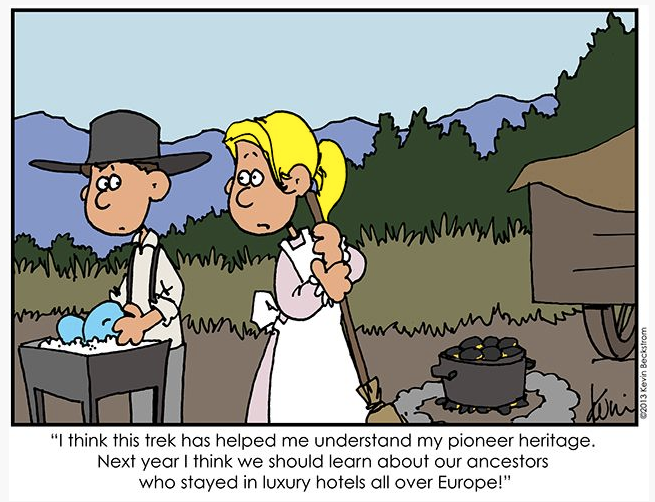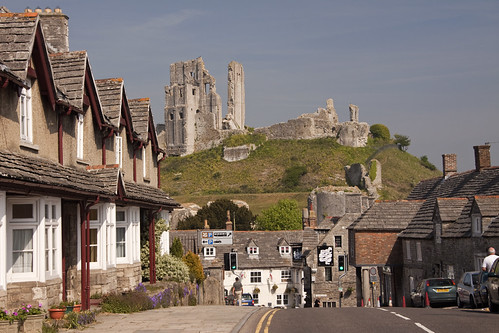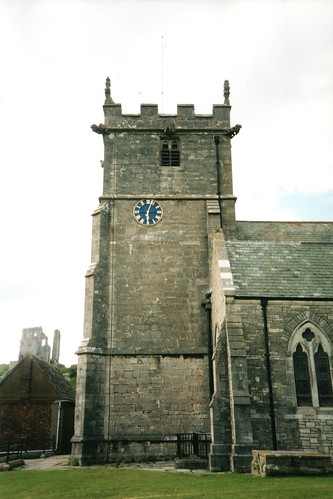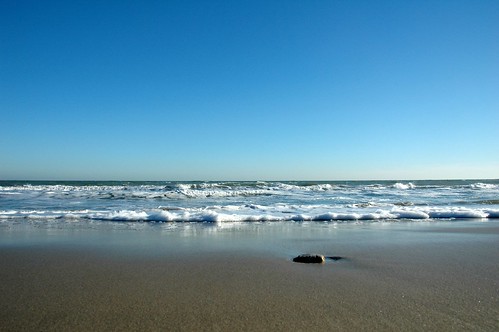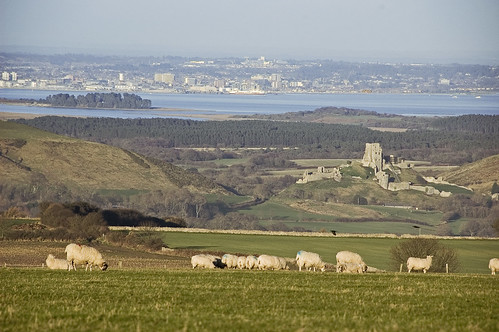 |
| Elder William R. Walker, April 6, 2014 General Conference address |
In General Conference (a semi-annual conference of the
Church of Jesus Christ of Latter-day Saints) ,
Elder William Walker spoke of the conversion story of his ancestors and encouraged us to become familiar with the conversion stories of our own progenitors.
He spoke of the mission of Wilford Woodruff and the inspiration he received to leave the area he was serving in and to go south. Elder Woodruff ended up in Herefordshire and met Mr. John Benbow in Ledbury. This meeting led to his introduction to 600 who had broken off from the Wesleyan Methodists and were actively searching for light and truth of the gospel of Jesus Christ. This is a well-known conversion story within the church and Elder Walker's admonition sent me almost immediately to my family history records. I knew we had ancestry from Herefordshire that joined the church in the early days of the restoration and couldn't recall who that was and how much we know about their story.
I soon realized it was Emma Prosser and her parents Mary Ann Morgan and James Prosser who lived in the village of Peterchurch - approximately 25 miles from the Benbow Hill Farm, Castle Frome, Ledbury Herefordshire.
However, from family records, we know that Emma's conversion didn't take place while she lived in her family home of Peterchurch, but in Leamington, thirteen years after her marriage to John Toone.
We have a brief mention of their conversion stories in a life sketch of John Toone that has been shared extensively in the family.
Elder Alfred Cordon served from 1848 in the area where there were relatives of Emma and while serving in Leamington, Warwickshire in 1849, he baptized John Toone. Our records only confirmed that Emma and her relatives also joined this same year. Our family records don't state any direct connection of Emma and Elder Cordon but only to her husband John. I had to dig deeper.
 |
| John Toone |
 |
| Emma Prosser |
Journals of Alfred Cordon
I found online the missionary journals of Alfred Cordon. I began to read, looking for references to the Toone family and trying to confirm documentation found on my online tree. According to the records on
familysearch.org, Emma was baptized on May 10, 1849 but her confirmation date is recorded as January 1, 1849, five months earlier, so already something is amiss.
Checking in the journals, Elder Cordon was teaching and serving in Watford on her baptism date, having been in Leamington on May 5 and met with Elder John Toone (Presiding Elder in the branch since April 19 of that year, only 16 days after his own baptism on April 3) in preparation for a conference to be held on the 27th of the month.
No mention of Emma's conversion in any of the entries that I can see from the time of her husband's baptism date to the record of her baptism on May 10, 1849. And Elder Cordon was not in the Leamington area on January 1, 1849 either so no record of any relevance out of Leamington in Elder Cordon's journal other than his arrival on January 4, 1849 and subsequent dealings with Elder Smith who was serving in that area.
John Toone's baptism is recorded in Elder Cordon's journal as follows:
Tuesday, April 3, 1849, Mr. John Toone presented himself for Baptism. It was about half past five. We repaired to the water and immersed him in the water in the name of the Father Son and Holy Ghost. We rejoiced in having the privilege of seeing him initiated into the church, he was a fine intelligent man, had been connected with the Methodists church for some time, had preached for them and had been pressed by them a many times to become an itinerant preacher, but he would not do it. I confirmed him into the church and was clothed with the Spirit of prophesy and revelation and told him in the name of the Lord that he would be called to do a mighty work in this the last dispensation, that he would be called to preach the Gospel of Christ, that his family would embrace the Gospel and be blest upon the land of Zion.
What a wonderful description we are given here. This entry stands out in the journal. In many cases, Elder Cordon wrote simply the number of those baptized, occasionally with a name or two singled out as "amongst the company were _________ and ____________". I didn't come across another entry like this in approximately a year's worth of records which I reviewed, and although I'm sure they exist, it does speak to the type of man John Toone was.
I then went further back and found this earlier entry. I expect that it is a record of an early encounter (prior to knowing the spelling of the name) of Elder Cordon and John Toone.
Sunday, Feb 25th 1849, I preached morning and evening, I took Tea with Mr. Tune, he was fully convinced of the truth of our doctrines, and had been for 5 years, but had not come forward for baptism, he had been troubled by night and by day and now he seemed determined to come forward and embrace the principals, but would not set any time that the ordinance could be administered.
Upon doing a search of the transcribed copy of the journal (I started by reading the handwritten copy - much more challenging!), I found 69 entries of the name of Toone. There are many more records of the dealings of Elder Cordon in Leamington and they often include taking tea at Elder Toone's home, meetings conducted, sermons preached, letters exchanged, leisure trips to Warwick Castle or taking the waters of the spa baths and visitors hosted.
 |
| Warwick Castle by Paul Reynolds (CC license from Flickr) |
I was surprised then to see my search lead me to this entry.
Monday, July 9, 1849
In the Evening, I attended Council Meeting after which I baptized eight, amongst the number Elder Toone's wife, and sister Miss Elizabeth Ross, also, she had been believing in the work for many months.
Tuesday, July 10, 1849
We met in the room, attended to the Confirmation of those that had been baptized, we had a good meeting. The saints enjoyed themselves well.
This must be Emma! The church records match the entries of Elder Cordon's journal regarding her husband John Toone's baptism and confirmation.
Well, I may have added more questions and uncovered more problems than I had planned for but I have uncovered a bit more in the conversion stories of John and Emma Toone.
In 1851, this couple with their children crossed the Atlantic ocean to join the Saints gathering in the Salt Lake Valley. More on that story can be found
here. John did indeed serve a mission - returning to England in 1854 and
keeping a journal of his service that we can enjoy today.
This is just one part of the conversion stories of my ancestors and I think some of the others will require more than a few hours one afternoon to uncover them. I'll post more as I discover them.

